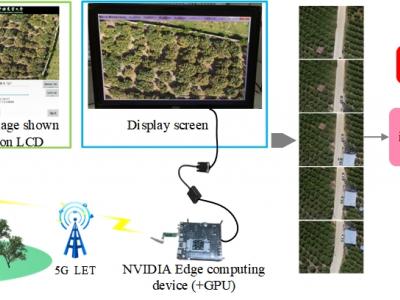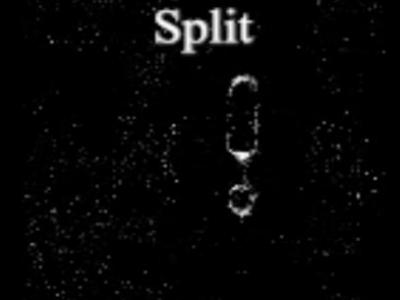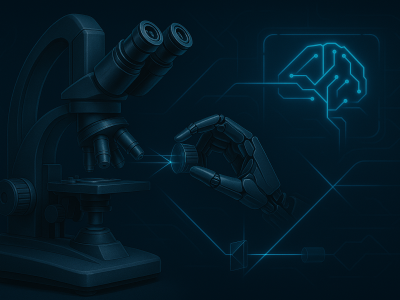Image Processing

The CSV data files in the ZIP archive are analytical datasets extracted and processed from the RUG-EGO-FALL dataset, intended to support fall detection research using wearable first-person perspective devices. The data includes visual motion information for each video frame, calculated using the ORB (Oriented FAST and Rotated BRIEF) feature point algorithm in combination with the Lucas-Kanade optical flow method.
- Categories:
 4 Views
4 Views
This paper proposed a PE-VAE-GAN network that adaptively selected image reconstruction networks based on flow pattern classification, significantly improving the quality of Electrical Resistance Tomography (ERT) reconstructed images.To address insufficient feature extraction from voltage data,we presented a pseudo-image encoding method that converted the one-dimensional voltage signals into the two-dimensional grayscale images.
- Categories:
 10 Views
10 Views
The ORSSD dataset consists of 800 optical remote sensing images with corresponding pixel-level annotations, divided into a training set of 600 images and a test set of 200 images. The EORSSD dataset is an extension of ORSSD, adding 1200 ORSIs for a total of 2000 images, and is split into 1400 training images and 600 test images.
- Categories:
 18 Views
18 ViewsThe system consists of an UAVs remote sensing system and an edge computing system. The core components of the UAVs remote sensing system mainly consist of the imaging system K510 development board and a 5G module. The K510 comes equipped with a camera and an LCD screen. The edge computing system constructed in this paper utilizes the NVIDIA Jetson series development kit, which comes with a GPU module to enhance digital image processing capabilities. The captured raw images are stitched and displayed on the NVIDIA Jetson edge computing platform using our designed improved SFIT algorithm.
- Categories:
 16 Views
16 Views
This dataset aims to support research on temporal segmentation of the Timed Up and Go (TUG) test using a first-person wearable camera. The data collection includes a training set of 8 participants and a test set of 60 participants. Among the 8 participants, the test was completed at both a normal walking pace and a simulated slower walking pace to mimic elderly movement patterns. The 60 participants were randomly divided into two groups: one group completed the test at a normal walking pace, and the other group simulated slower walking speed to mimic elderly movement patterns.
- Categories:
 42 Views
42 ViewsDigital microfluidics are a unique technique for operation of nano-to-micro liter droplets based on electrowetting on dielectric. It has great application potential in the field on clinic diagnosis, life science and environment monitoring. Due to the fast droplet moving speed and high degree of freedom for droplet manipulation, it is urgent to develop automated and intelligent approaches for droplet monitoring and control.
- Categories:
 37 Views
37 Views
This study utilizes the open-source datasets FAIR1M and HRSC2016 as foundational resources to construct an optical remote sensing image dataset for rotated ship target detection. The dataset encompasses nine ship categories: Dry-Cargo-Ship, Engineering-Ship, Fishing-Boat, Motorboat, Tugboat, Passenger-Ship, Warship, Liquid-Cargo-Ship, and Other-Ship.
- Categories:
 26 Views
26 Views
Hyper-spectral unmixing is a technique to estimate the abundances of different endmembers in each mixed pixel of remote sensing images. Deep learning has made significant progress in this area, offering automatic feature extraction, nonlinear pattern recognition, and end-to-end solutions. However, existing deep learning models have not fully utilized the spectral information of endmembers, leading to insufficient data mining.
- Categories:
 33 Views
33 Views
To investigate SAM's potential in the continual scenario, we construct a benchmark for continual segmentation, called Continual SAM Adaptation Benchmark (CoSAM), which aims to systematically evaluate SAM-related algorithms's performance in the streaming scenarios. Specifically, CoSAM offers a set of 8 tasks covering diverse domains, including industrial defects, medical imaging, and camouflaged objects, to serve as a realistic and effective benchmark for evaluating current methods.
- Categories:
 18 Views
18 Views

